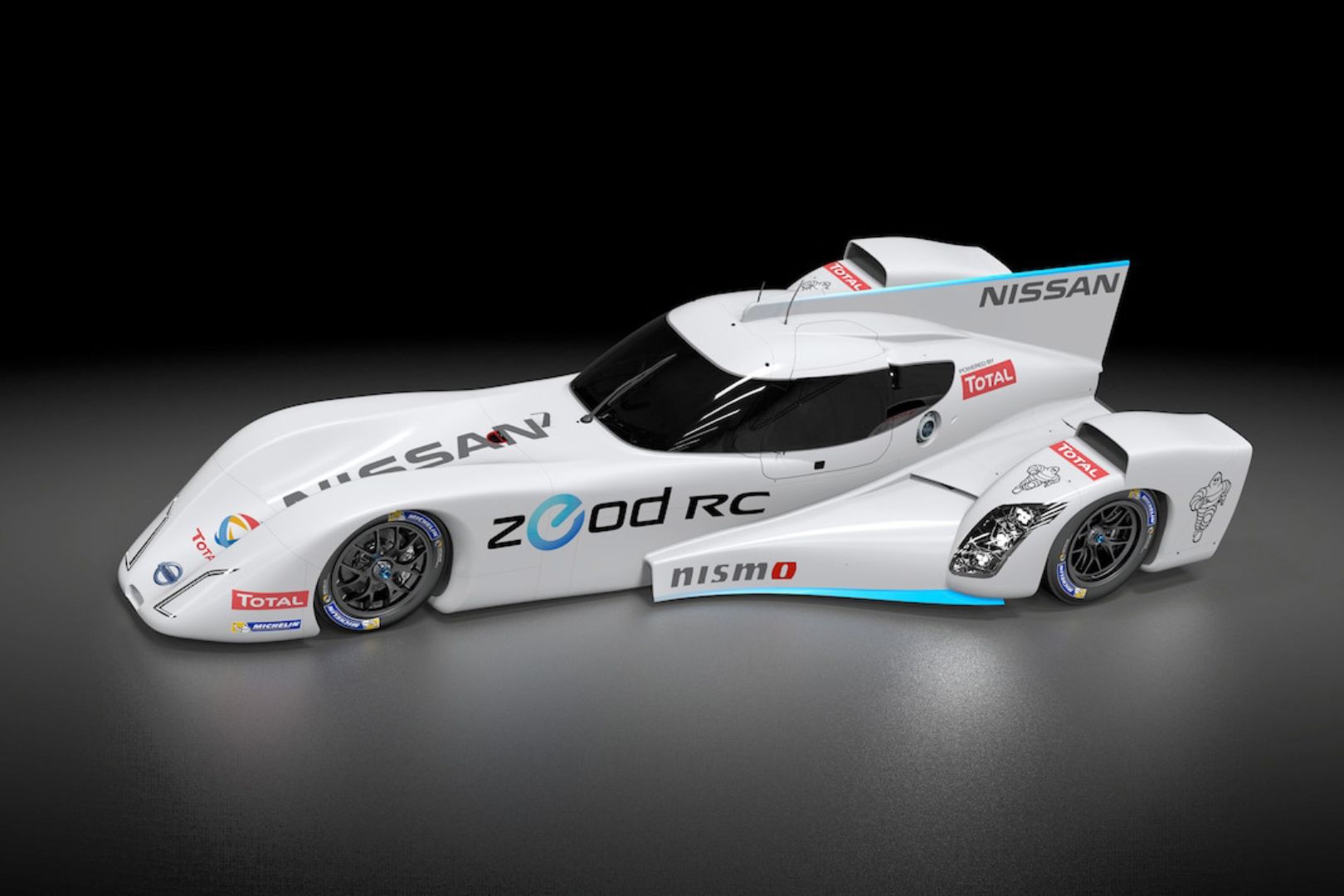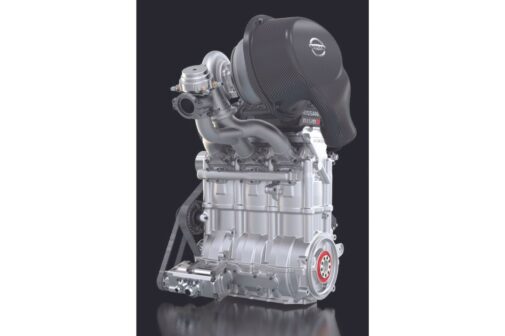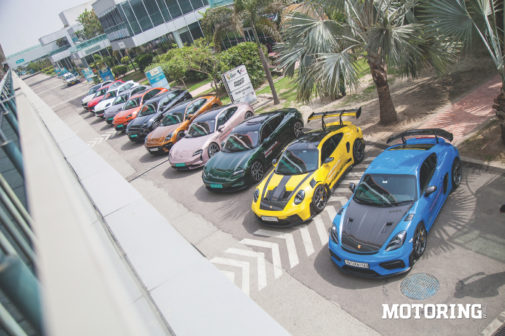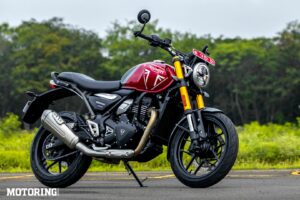A decade ago, Nissan showcased a 1.5-litre three-cylinder turbo engine to be used in its Zeod RC that was competing in the Le Mans 24-hour endurance race. But before you burst out laughing, know that this 40-kg engine produced nearly 400 bhp and an astounding 38.7 kgm. In fact, it packed more Power per kg than a Formula 1 engine. Additionally, it was paired with two electric motors that had a combined output of 395 bhp. This powertrain was packed in a car that weighed almost half of what the LMP 1 cars weighed at that time.
The Zeod had tyres developed specially for it, lacked a spoiler or any traditional aero equipment and yet had the potential to obliterate its competition. The DIG-T R engine was just 50 cm tall and 20 cm wide and could practically fit in a travel bag, or better yet, a motorcycle. Of course, Nissan could have used it for its own hot hatch, but it didn’t. And the reason behind one of the fastest cars and its revolutionary engine’s disappearance is rather sad and sketchy.
Ben Bowlby, a racer and the brains behind the DeltaWing race car that inspired the Zeod RC faced a lawsuit along with Nissan over ‘theft of confidential and proprietary information, misappropriation of trade secrets, breach of contracts’ in 2013, a few months before Nissan unveiled the engine. In fact, the Zeod RC even competed in the French endurance race in 2014 but retired in the early stage due to a gearbox failure. That said, it did clock over 300 kph and even finished a lap on its electric powertrain. After an out-of-court settlement with DeltaWing, the Nissan Zeod RC and the DIG-T R engine vanished from the automotive world, leaving everyone dreaming about the potential applications of the powertrain.

















